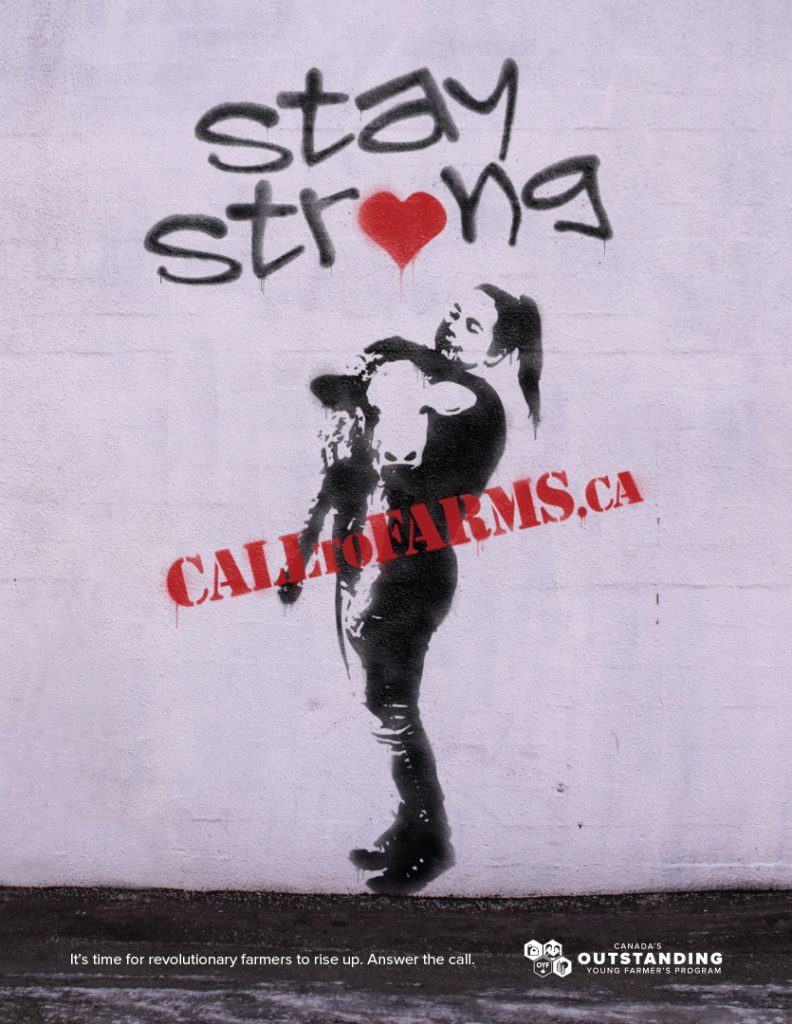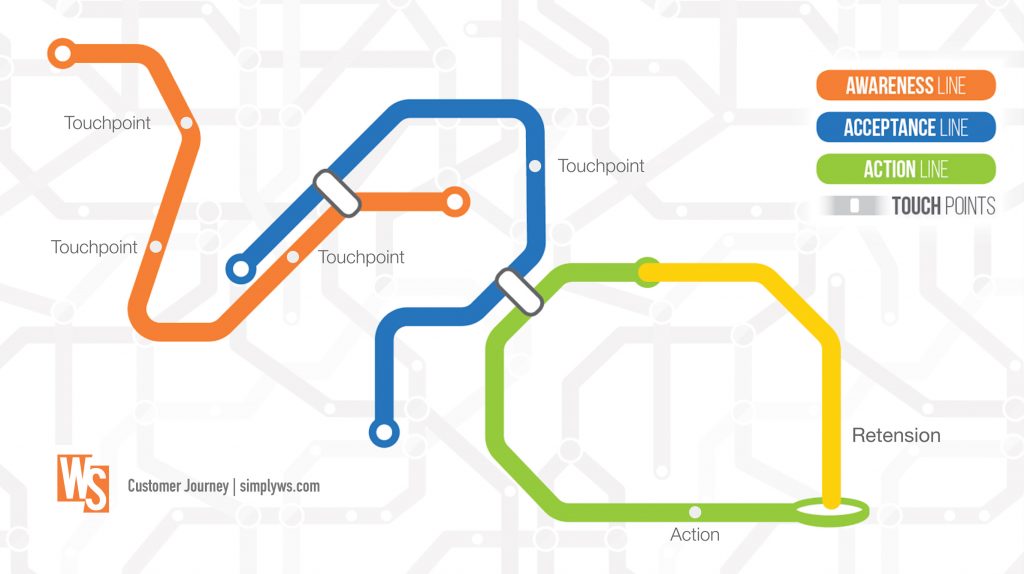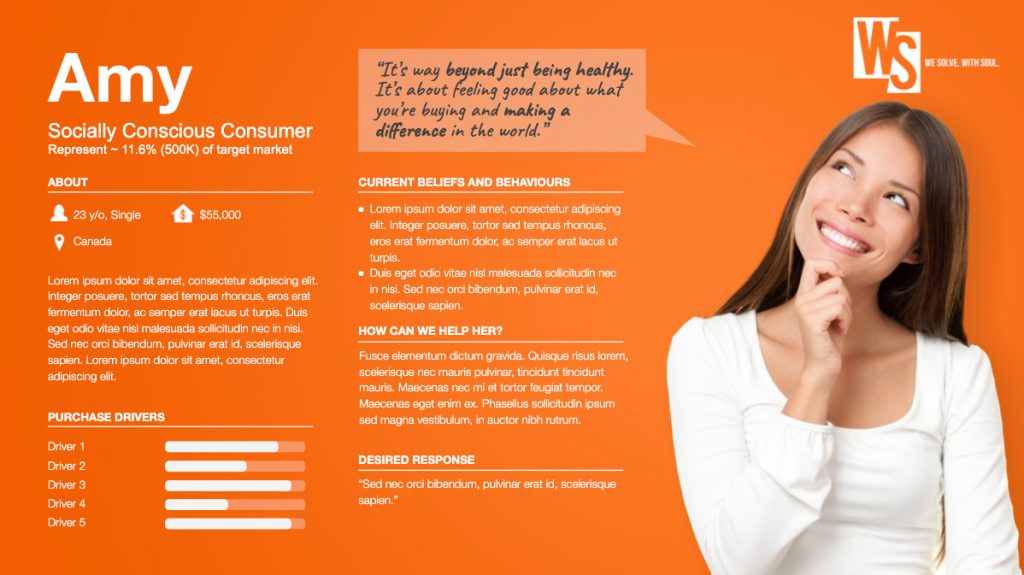Define your target audience. Four words we’ve all heard before. Four words that can set you up for success or leave your marketing wallowing in mediocrity, to be forgotten by the time the next product cycle rolls around.
So, how are the best marketers gathering a better understanding of their audiences, and how are they putting that knowledge to work? It boils down to tightly defining your audience in a manner aligned with your business goals. How often have you toned back a message, or an entire plan, to try to hit a broader target audience? Maybe it worked, but too many times it kills the message and dumbs down great creative. Worse yet, it can end up having little or no impact on your business (the dreaded negative ROI).
Let’s hone this discussion in right away. We’re going to talk about farmers. To narrow it down more, let’s talk about farmers in Canada. That’s a finite, measurable set of human beings. Let’s just call it 270,000 for the sake of a round number.
Next, let’s pretend you’re trying to bring a new piece of farm technology to market. An app that connects with existing equipment and somehow improves seeding accuracy in canola. You could target all farmers across the country, but you’d be wasting an incredible amount of dollars. Vegetable growers in Ontario, cattle ranchers in Alberta, potato growers in the Maritimes, small hobby farms — none of them would care about your amazing new tech, let alone ever think about growing canola.

Imagine all farmers as a whole pie, your potential addressable market. You’re only after a portion of that — the growers whose needs you are best aligned to meet, within the means you have available. This is your serviceable and obtainable market. Now you’re targeting growers in the prairies that purchase new equipment every few years. They like to invest in new technology and stay ahead of their competition, making it a much more attainable segment.
Segmentation and understanding your market is an art and a science. Share on X
Segmentation and understanding your market is an art and a science. You can segment based on demographic data like age, location, etc., alone, but nowadays we have access to much more information. Plus, it’s now more affordable and quicker to acquire than ever before. Gather psychographic information like interests, attitudes and aspirations, and combine it with search and/or click data. From that, you can learn so much more about your audiences than what you previously knew. Furthermore, search and click data can uncover truths about what people are really thinking, in a way traditional surveys never could.
There’s no hard and fast rule as to how many segments you should create. You can segment your market and subsegment until you turn blue in the face. Ideally you’d want to have one or two well defined segments to target, especially if you have limited resources to reach them. Sure, it’s great that you have found 15 distinct segments that you could potentially sell to, but do you have the money, time and ability to deliver the correct messaging to all of them? Focusing your efforts on a single lucrative segment that you know you can market to effectively will be much easier to manage, and yield greater results.
Knowing who your audience is NOT is often just as important as knowing who your target is Share on X
If you do end up targeting more than one audience, it’s imperative to make sure that none of your messaging to one segment contradicts or works against another message you’ve put out there. Knowing who your audience is NOT is often just as important as knowing who your target is. It’s something most marketers struggle with while trying to reach a broader audience. But, if you send mixed or conflicting messages, you risk alienating both audiences and coming off as disingenuous.
You must ensure that your segment messaging is relevant and likely to cause someone to take action. Make sure that those segments are different enough that it warrants different messages. If not, combine, or double-check your segments against each other again. Lastly, make sure that you can actually reach these audiences. It’s a wasted effort to try to target someone who you can’t easily deliver a message to.

Knowing your audience segment, and knowing it well, empowers you to get ahead of them in their customer journey. Target consumers with new technology while they’re in their research phase and you’ll be spending your money where it will provide the most ROI. Coming back to the example of new farm technology, you may not want to target growers in late winter or early spring, as they’re probably already so busy they likely won’t have time to incorporate new technology into their routine. But, target them post-harvest, when they’re just starting to plan for the following year, and you can move the needle.
Following that, you should continue to target your audience post-purchase. It’s as important as the initial marketing, and something many companies tend not to do or understand. Knowing how a customer makes their purchase decision is only the beginning of the story. Staying in touch post-purchase through loyalty programs or follow ups can help support repurchase and the creation of brand advocates.
Why is segmentation important? Because today, more than ever, people, especially growers, do a ton of research. Meaning they’ve likely already made up their minds before they even reach out to a sales rep or a retailer. But with the right data in hand, you can go even further beyond segmentation, and get to your desired audience before they’ve made their decisions.
While segments can help you define your target, creating a persona can help you pre-empt some of the decisions your target segment will make. Creating a persona is similar to creating a character in a story. While a segment is a wide swath of people that fits a certain set of data, a persona is an “ideal customer” created to help identify the needs and desires of a segment.

Consider the characters in novels. Some writers become so involved with the characters they write, the decisions the characters make reveal themselves as the author pens the story. If you’ve segmented properly and done your homework in building a persona that truly embodies that segment, you’ll be able to accurately predict their behaviours. Now you can make a hypothesis in regards to when they’ll buy, the research they’ll do, the questions they might ask, and prepare strategies that serve your persona. This ultimately leads to highly targeted marketing efforts that, again, resonate with real people. It creates that feeling that your brand or product really and truly “gets” the target audience.
Just as you identified some segments you would not target, it can be useful to create an “anti-persona” — an opposite to your ideal persona. Keep in mind what this persona likes, what they respond to, how you would market to them. Now make sure that your strategy doesn’t cater to this person. An anti-persona can be just as important as your persona in making sure your communications stay on target.
Creating a persona is similar to creating a character in a story. Share on X
When it comes to growers, people, ourselves included, are guilty of generalizing. While it’s true that farms are rural, and sometimes hard to reach, it doesn’t mean there isn’t data out there. Agriculture is on the leading edge of technology, and you’d be mistaken to think that the practitioners, farmers, aren’t keeping up with the rapidly changing technological landscape. By diving deep and creating accurate personas for growers, you can avoid broad generalizations that won’t resonate with your intended audiences. You’ll also more accurately understand their journey to purchase. Growers typically buy certain products at specific times of the year, leaving a short window in which to influence their decision making. Know the persona as well as you know yourself, and you should be able to influence those decisions at the right time.
With those grower personas in hand, every dollar you spend will provide better ROI, and your brand or product will better communicate with its target audience.
Once you’ve built out that persona, their journey, and what their needs and desires are, what’s next? Too often, personas get built out, only to be forgotten after the initial campaign or idea is out the door. But to use them in such a way is a mistake. Just as an author creates that living and breathing character that grows and develops throughout the novel, so should the personas you create.
People are not static. They change and grow over time. Their habits evolve, and their tastes shift as they discover new things. Going back to growers — every single year can be different. Changing weather, commodity markets and technology could all impact the decisions a grower makes in a specific year.
That means you better have a plan for continually updating and amending your personas over the course of your campaign and beyond. What might work right now could be way off the mark in a year or less, especially considering things like the COVID-19 pandemic that dramatically shifted how the world operated in a matter of weeks. A persona is a tool, a snapshot of everything that marketers should keep in mind while engaging that person. Have a sound plan in place for continually checking in with your personas to make sure they remain accurate.
When it’s all said and done, what do these segments and personas really do? “Having a persona to refer to makes your planning and strategy discussions much more efficient,” explains Anup Patel, Director, Performance & Intelligence at WS. “The persona (and anti-persona) should be used as a reference tool in brainstorming, decision making, strategy and planning meetings so you don’t waste time going down rabbit holes that aren’t important.”
While segmentation and the creation of a persona aims to narrow down who you’re talking to, it’s important to make sure you’re not going too far. Reaching too few people is just as bad as hitting the wrong people with the wrong message. But, do it right, and you’ll break through all the noise and sheer amount of messages that your target audiences are dealing with every single day.
To bring the conversation back to growers, think about the messaging you see in any farm publication. Many of the messages read and look incredibly similar. They’re broad messages because people tend to generalize growers. Tailor your message to the personas you’ve developed and you’re bound to come out ahead, and have more fun while you’re at it.
Want to learn more about how to build effective personas and create customer journeys that deliver business outcomes? Contact us today.